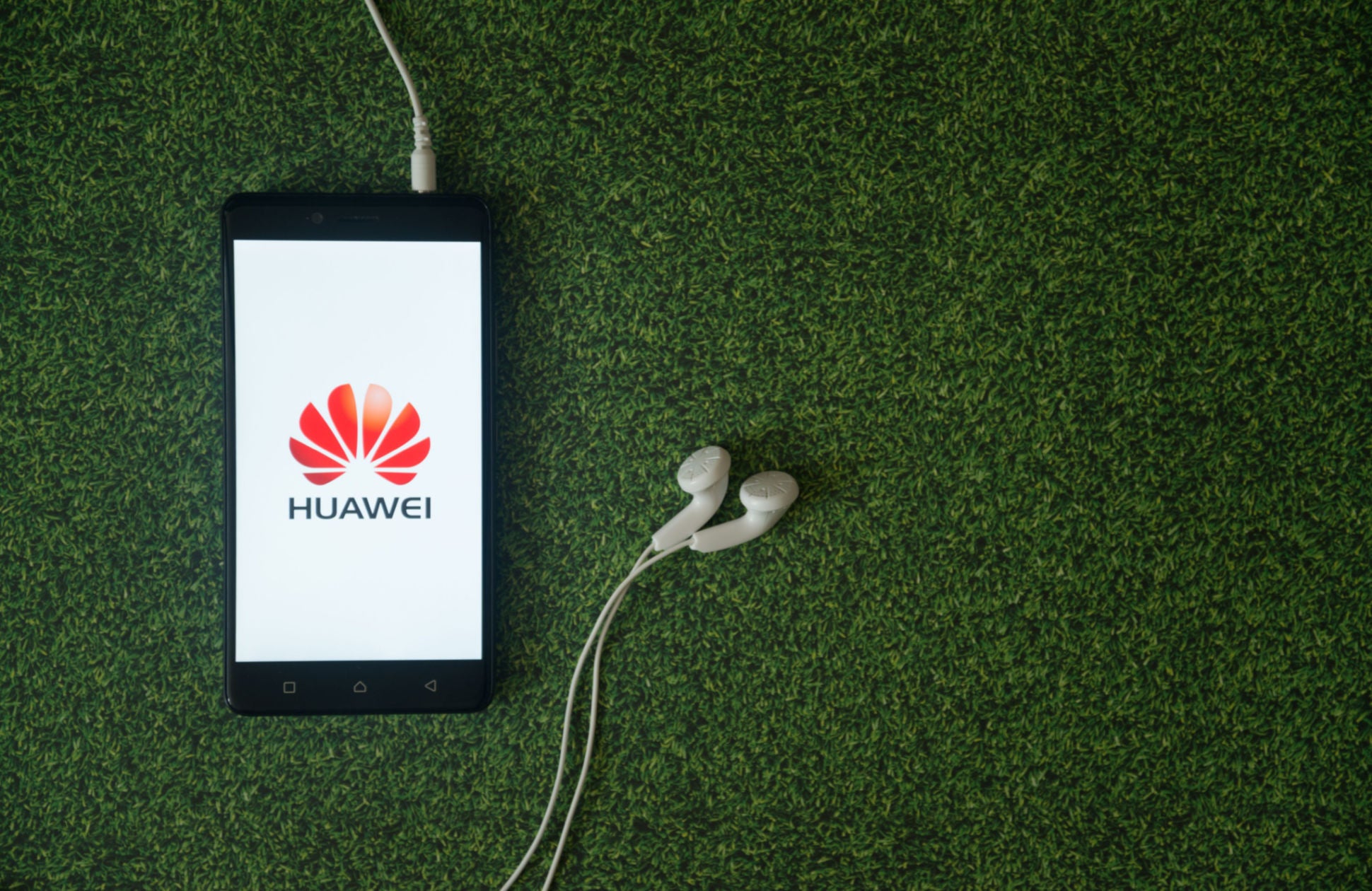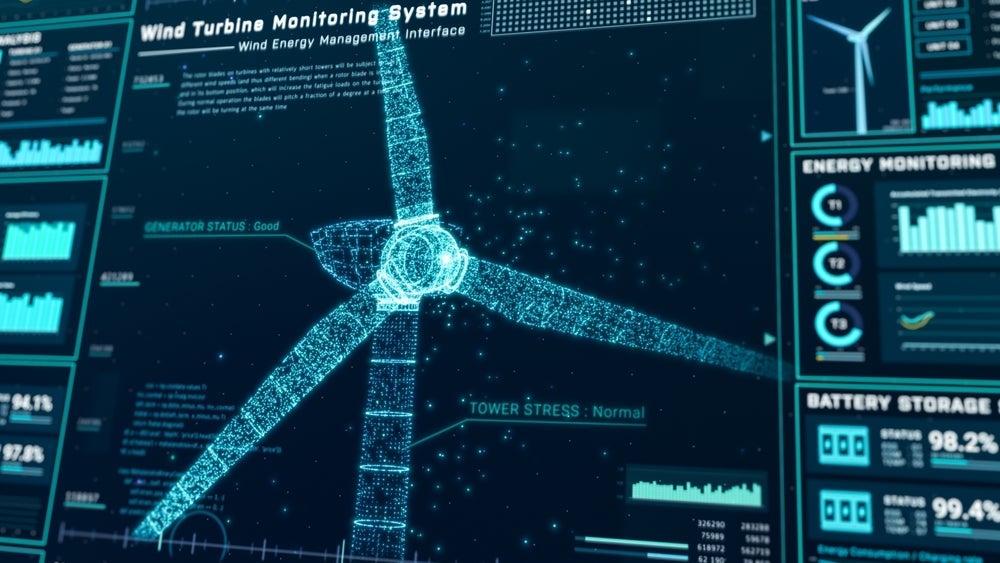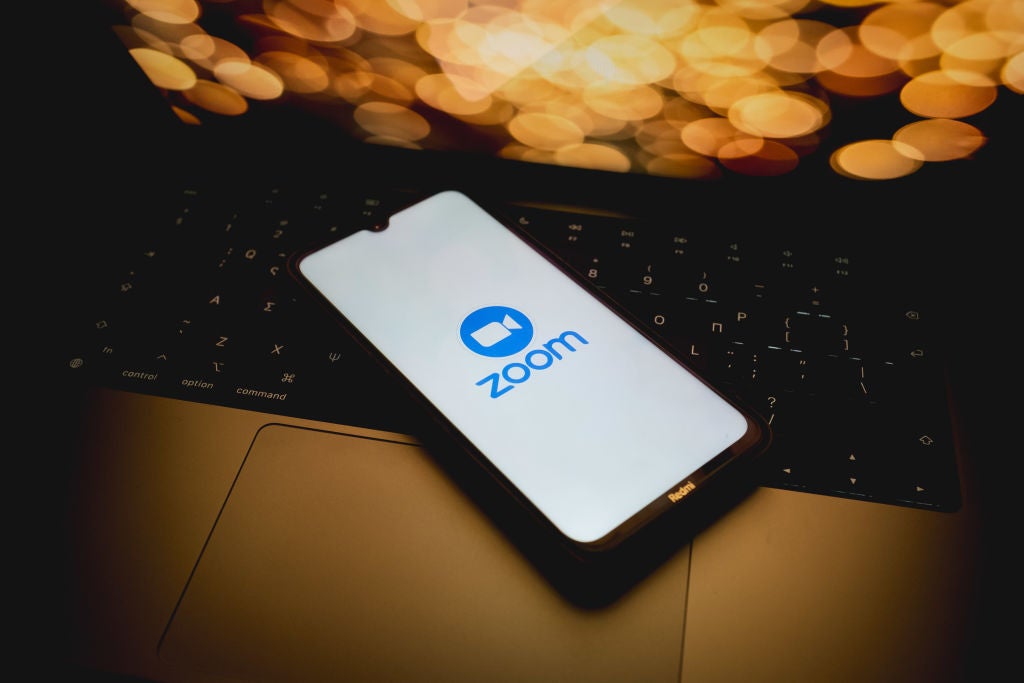
During the Huawei Win-Win Innovation Week hosted in Shenzhen, Ryan Ding, President of Huawei’s Carrier Business Group Delivered a keynote speech titled “Green ICT for New Value”. His speech highlighted the need for operators to focus on making improvements to energy efficiency with the key message of “More bits, Less Watts”.
Energy efficiency provides a significant opportunity to reach net-zero
The announcement comes just months before the COP27 conference Hosted in Sharm El-Sheikh, Egypt which is expected to up the ante on climate action as we aim to reach net-zero by the middle of the century. We’ve already passed the 1.1°C threshold and we must strive to limit further warming to 1.5°C. The ICT sector has an important role to play achieving the aims of the Paris Agreement by helping energy-intensive industries decarbonize through energy efficiency projects. The emissions the ICT sector can enable is said to be 10 times their own emissions – a potentially significant impact.
As industries continue to digitalize, and the cost of sensors and relays continue to fall, the amount of data center traffic will consequently rise. Traffic generated by digital services is expected to grow 13-fold over 2020 by 2030, and GlobalData expects the data center market will become a $948 billion industry over the same period. If left unchecked, emissions from ICT infrastructure could grow exponentially, highlighting the need for increased focus on energy efficiency projects. According to the International Energy Agency (IEA), energy efficiency represents more than 40% of the emissions abatement needed by 2040. Companies must move beyond the low hanging fruit of switching to renewable energy and offsetting emissions and engage in energy efficiency projects across their entire value chains.
Companies in the ICT sector have been using energy efficiency as a competitive differentiator for their products for some time now. However, GlobalData recognizes Huawei as a leading vendor regarding energy efficiency.
Huawei has already deployed green development solutions in over 100 countries. In Germany, for example, Huawei’s PowerStar solution has helped realize minute-level energy efficiency self-optimization, improving energy efficiency greatly. In Spain, Huawei’s optical cross-connect (OXC) solution has been deployed on a customer’s backbone network, increasing energy efficiency by 81% and reducing costs by 29%.

Working towards an industry standard
In January 2021, more than 40 companies and trade organizations tied to the cloud and data center industry, including Amazon, Google, Equinix, Interxion (Digital Realty), and NTT, formed the European-based Climate Neutral Data Center Pact in a self-regulatory move to make data centers across Europe climate-neutral by 2030. During his presentation, Ding highlighted the importance of establishing a unified, industry wide, indicator system to lay baselines against which energy efficiency can be measured and serve as a guide for the green development of the wider ICT industry.
How well do you really know your competitors?
Access the most comprehensive Company Profiles on the market, powered by GlobalData. Save hours of research. Gain competitive edge.

Thank you!
Your download email will arrive shortly
Not ready to buy yet? Download a free sample
We are confident about the unique quality of our Company Profiles. However, we want you to make the most beneficial decision for your business, so we offer a free sample that you can download by submitting the below form
By GlobalDataIt’s often easy to lose sight of the bigger picture. While companies are using energy efficiency upgrades as a competitive advantage, we must recognize that the main driver of efficiency should be to mitigate the impacts of climate change. Therefore, industry-wide collaboration is needed to strive towards reaching net zero by the middle of this century.





